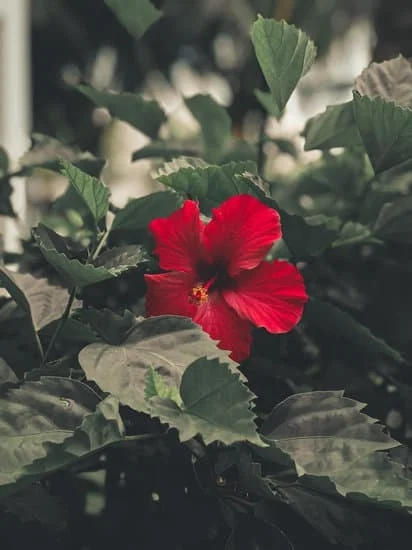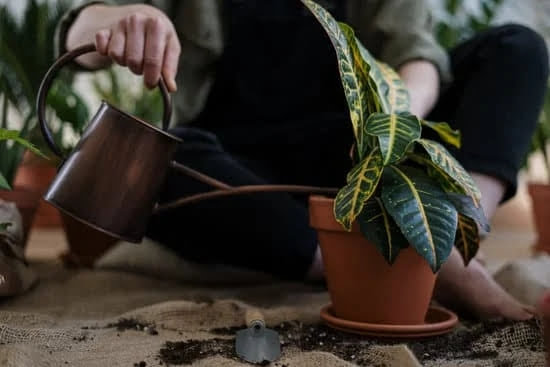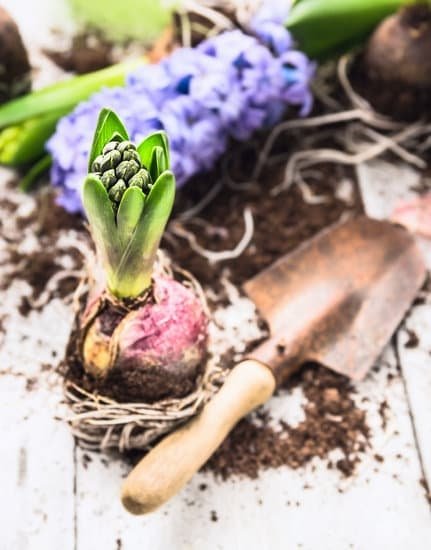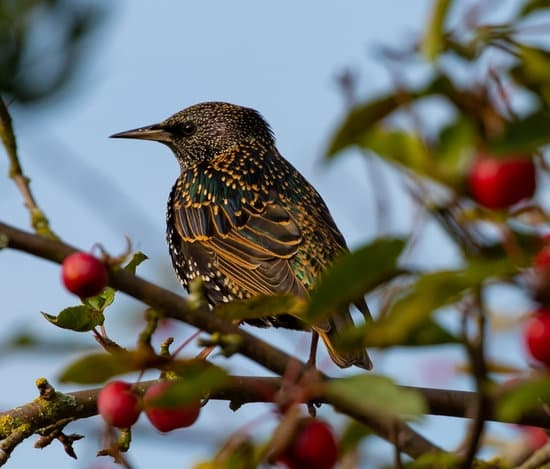Tips And Tricks For Vegetable Gardening
There are a few things to keep in mind when gardening with vegetables. The first is to make sure that you select a spot in your yard that gets plenty of sunlight. The second is to choose vegetables that are appropriate for your climate. The third is to make sure that you prepare the soil properly before planting.
Sunlight
One of the most important things to consider when gardening with vegetables is the amount of sunlight the spot will get. Most vegetables need at least six hours of direct sunlight per day. If you don’t have a spot in your yard that gets this much sun, you can try growing vegetables in containers that can be moved around to follow the sun.
Climate
Another important consideration when gardening with vegetables is the climate. Some vegetables can only be grown in specific climates. For example, tomatoes can only be grown in climates that have warm summers. If you live in a climate that doesn’t have the right climate for a particular vegetable, you can try growing that vegetable in a container that can be moved around to follow the sun.
Soil
The final thing to keep in mind when gardening with vegetables is the soil. Most vegetables need well-drained soil that is rich in nutrients. Before planting, you should test the soil to see if it is rich in nutrients and has the right pH level. If the soil is not rich in nutrients or has the wrong pH level, you can add compost or fertilizer to the soil to improve it.
Frugal Vegetable Gardening Tips
There are many benefits to growing your own vegetables – you get fresh, nutritious produce and you save money on your grocery bill. But if you’re new to vegetable gardening, it can be hard to know where to start. Here are some tips to help you get started:
1. Choose the right vegetables for your climate and soil type. Not all vegetables grow well in every climate, so it’s important to choose vegetables that are suited to your region. And not all vegetables grow well in all types of soil, so be sure to select vegetables that will thrive in your garden’s soil type.
2. Choose the right plants. Not all plants are created equal – some plants are more vigorous and produce more vegetables than others. Choose plants that will produce a good yield for the amount of space you have available.
3. Start small. It’s tempting to plant a huge garden, but it’s important to start small and gradually increase the size of your garden each year. This will help you get familiar with the process of gardening and will help you avoid overwhelm.
4. Use organic methods. If you’re using chemical fertilizers and pesticides in your garden, you’re putting your health and the health of the environment at risk. Instead, use organic methods such as composting and crop rotation to fertilize and protect your plants.
5. Be patient. Gardening is a process that takes time and patience. Don’t expect to see results overnight – it may take a few seasons before you see a real difference in your garden. But be patient, and you’ll be rewarded with a bountiful harvest.
Home Vegetable Gardening Tips
There is nothing like the taste of fresh vegetables that you have grown in your own garden. If you are new to vegetable gardening, or just want to learn some new tips, read on for some helpful advice.
The first step in starting a vegetable garden is to choose the location. You will want a spot that gets plenty of sun exposure, is well-drained, and has fertile soil. If you are not sure if your soil is fertile, you can have it tested at a local gardening center.
Once you have chosen the location for your garden, you will need to prepare the soil. You can do this by digging in some compost or manure to improve the soil’s fertility and drainage. You should also add some organic matter to the soil to help it retain moisture.
The next step is to choose the vegetables that you want to grow. You can find a list of vegetables that are best suited for home gardens online or in gardening catalogs. Be sure to choose vegetables that are appropriate for your climate and the amount of sunlight that your garden receives.
After you have chosen the vegetables that you want to grow, it is time to start planting. Be sure to follow the planting instructions that come with your seeds or plants. Most vegetables should be planted in shallow rows, and the plants should be spaced so that they have enough room to grow.
Once your vegetables are planted, it is important to keep them well-watered. You can do this by watering them regularly and by mulching them with straw or compost. You should also be sure to fertilize them regularly with a high-quality vegetable fertilizer.
If you follow these tips, you will be able to enjoy a bountiful harvest of fresh vegetables from your own home garden.
Organic Vegetable Gardening Tips
Organic gardening is a great way to garden. It is environmentally friendly, and it helps keep your food free of chemicals. Here are some tips for organic vegetable gardening:
1. Choose the right site for your garden. The site should get plenty of sunlight, and it should be relatively flat.
2. Amend the soil with compost or manure. This will help your plants grow healthy and strong.
3. Plant your vegetables in rows, and space them evenly. This will help make harvesting easier.
4. Water your plants regularly. Make sure to water them deeply, so that the roots can get the water they need.
5. Mulch your plants to help keep the soil moist and to protect them from the sun.
6. Harvest your vegetables when they are ripe. This will help ensure that they are tasty and nutritious.
Organic gardening is a great way to garden. It is environmentally friendly, and it helps keep your food free of chemicals. Here are some tips for organic vegetable gardening:
1. Choose the right site for your garden. The site should get plenty of sunlight, and it should be relatively flat.
2. Amend the soil with compost or manure. This will help your plants grow healthy and strong.
3. Plant your vegetables in rows, and space them evenly. This will help make harvesting easier.
4. Water your plants regularly. Make sure to water them deeply, so that the roots can get the water they need.
5. Mulch your plants to help keep the soil moist and to protect them from the sun.
6. Harvest your vegetables when they are ripe. This will help ensure that they are tasty and nutritious.
Container Vegetable Gardening Tips For Beginners
Container gardening is a great way to garden if you don’t have a lot of space, or if you want to garden in a location that doesn’t get a lot of sun. You can also use containers to add color and interest to a patio or deck.
When choosing containers for your vegetable garden, think about the size of the plants that you will be growing. The containers should be at least 12 inches deep and 18 inches wide. You can use smaller containers, but you will need to water the plants more often.
You can use any type of container for your vegetable garden, but I recommend using plastic or ceramic containers. They are durable and won’t rust like metal containers will. You can also use recycled containers, such as buckets, milk jugs, or soda bottles.
When choosing a location for your container garden, make sure that the spot gets at least six hours of sunlight each day. If you don’t have a spot that gets enough sun, you can use a grow light to provide supplemental light.
To plant vegetables in a container, you will first need to add some soil to the container. The best type of soil for container gardening is a soil-less mix, which you can buy at a garden center. Add enough soil to the container so that the plants will be able to grow roots down into the soil.
Once you have added the soil, place the plants in the containers. You can either plant the plants directly in the soil, or you can place them in plastic pots and then place the pots in the soil.
Water the plants regularly, and make sure to fertilize them every two weeks. You can use a water-soluble fertilizer, or you can add compost to the soil.
Container gardening is a great way to garden if you don’t have a lot of space, or if you want to garden in a location that doesn’t get a lot of sun. You can also use containers to add color and interest to a patio or deck.
When choosing containers for your vegetable garden, think about the size of the plants that you will be growing. The containers should be at least 12 inches deep and 18 inches wide. You can use smaller containers, but you will need to water the plants more often.
You can use any type of container for your vegetable garden, but I recommend using plastic or ceramic containers. They are durable and won’t rust like metal containers will. You can also use recycled containers, such as buckets, milk jugs, or soda bottles.
When choosing a location for your container garden, make sure that the spot gets at least six hours of sunlight each day. If you don’t have a spot that gets enough sun, you can use a grow light to provide supplemental light.
To plant vegetables in a container, you will first need to add some soil to the container. The best type of soil for container gardening is a soil-less mix, which you can buy at a garden center. Add enough soil to the container so that the plants will be able to grow roots down into the soil.
Once you have added the soil, place the plants in the containers. You can either plant the plants directly in the soil, or you can place them in plastic pots and then place the pots in the soil.
Water the plants regularly, and make sure to fertilize them every two weeks. You can use a water-soluble fertilizer, or you can add compost to the soil.

Welcome to my gardening blog! I am passionate about plants and enjoy sharing my knowledge and experiences with others. In this blog, I will write about everything related to gardening, from tips on how to get started to updates on my own garden projects.





